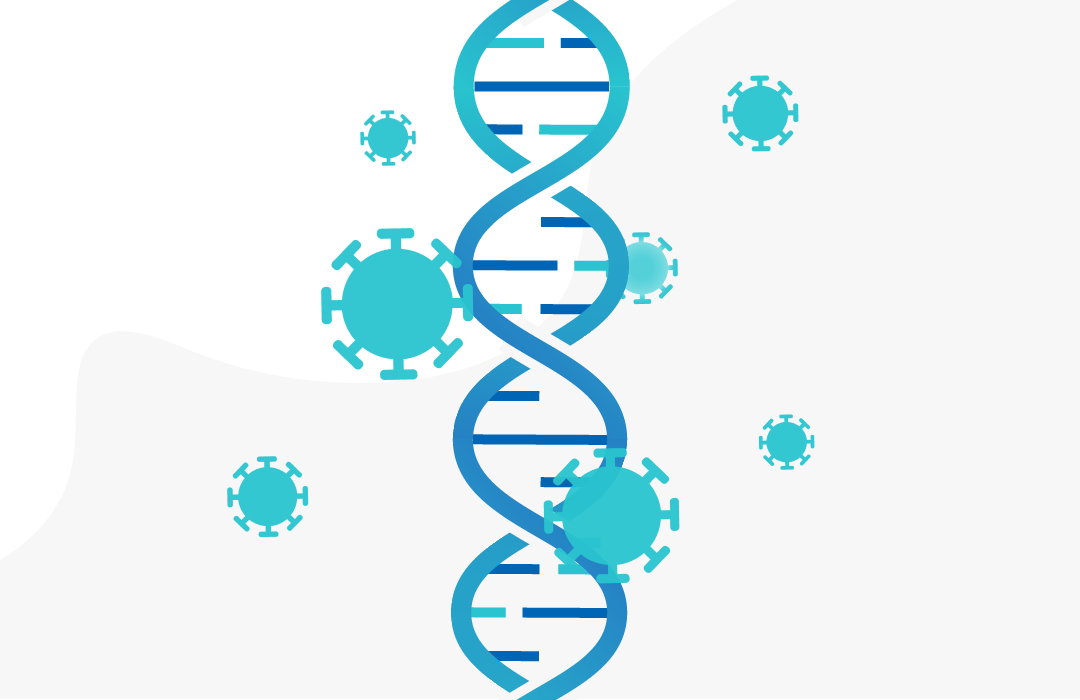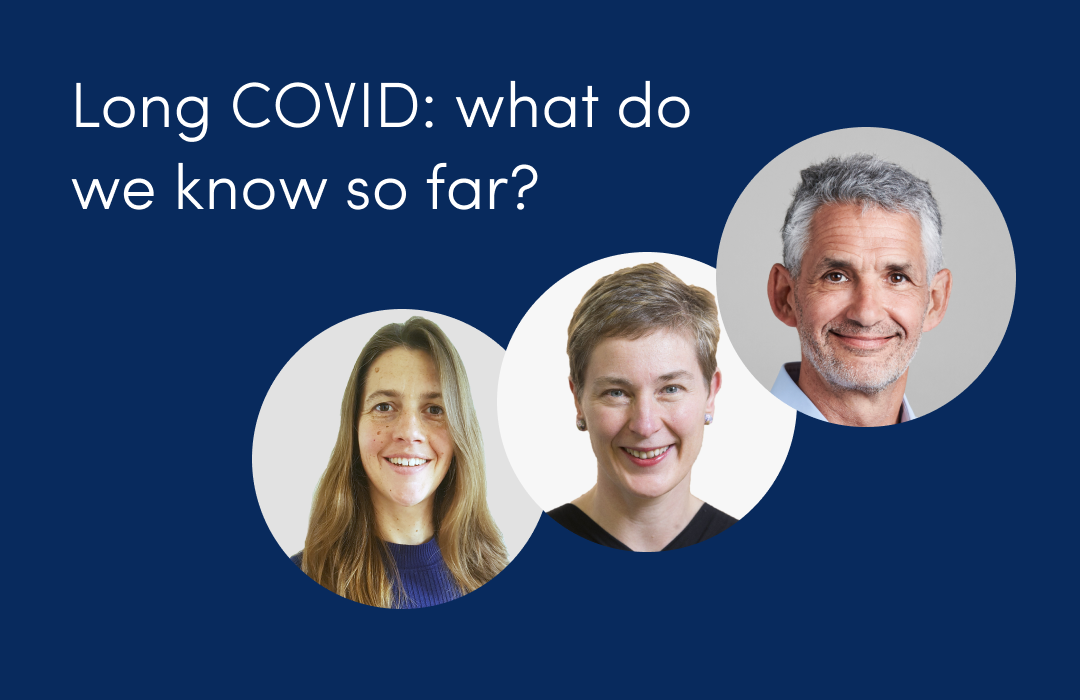
Detect COVID-19 sooner by introducing more symptoms
July 30, 2021

This article has not been updated recently
- Add more symptoms to detect early COVID infections
- What the research found
- The top early symptoms
- What the experts have to say
- Important points to note
Add more symptoms to catch COVID infections earlier
Our research has found that there are more signs of an early COVID-19 infection than the current NHS advice of fever, cough and loss of taste or smell. We’ve published our findings today in a paper in Lancet Digital Health.
Early testing for COVID-19 is critical to avoid spread during the most infectious period, however different combinations of symptoms are felt among different population groups. Younger patients may present with different symptoms compared to older populations, and men can have different symptoms to women in the early stages of COVID-19 infection.
What the research found
Our colleagues at King’s College London analysed data from the ZOE COVID Study app between April 20th to October 15th 2020. All of our contributors to the app are invited to request a PCR test via the NHS portal as soon as they report any new symptoms. The researchers modelled the early signs of COVID-19 infection and successfully detected 80% of cases when trained on the first three days of self-reported symptoms.
Researchers compared the ability to predict early signs of COVID-19 infection using current National Health Service UK diagnostic criteria, a previously proposed model to identify COVID-19 using the data from the ZOE COVID Study app and a Hierarchical Gaussian Process model, a time-series machine learning model.
This model was able to incorporate some characteristics about the person affected, such as age, sex, and health conditions, and showed that symptoms of early COVID-19 infection are different among population groups.
18 symptoms were put in the model, which have varied relevance for early detection in different groups.
The top early symptoms
The clearest symptoms for early detection of COVID-19 overall included loss of smell, chest pain, persistent cough, abdominal pain, blisters on the feet, eye soreness and unusual muscle pain.
However, for older groups, loss of smell was not any early sign, whereas other early symptoms such as diarrhoea were key. Fever, while a known symptom of disease, was not an early feature of the disease in any age group.
Men were more likely to report shortness of breath, fatigue, chills and fever, whereas women were more likely to report loss of smell, chest pain and a persistent cough.
What the experts have to say
Dr Claire Steves, lead scientist at ZOE COVID Study and reader at King’s College London comments: “It’s important people know the earliest symptoms are wide-ranging. Testing guidance could be updated to enable cases to be picked up earlier, especially in the face of new variants which are highly transmissible. This could include using widely-available lateral flow tests for people with any of these non-core symptoms.”
Professor Tim Spector, Scientific co-founder of ZOE and Professor of epidemiology at King’s College London comments: “ZOE continues to drive the public health message that there are more than just three symptoms of COVID. Our data shows symptoms are more mild and comparable to that of a bad cold, with a runny nose, headache and a sore throat among the top symptoms for all groups. It seems unlikely that the government is going to change the official list anytime soon, so we are calling on people to spread the word. If you or anyone in your household feels ill, do a lateral flow test and if you test positive, confirm it with a PCR test. It’s simple, if you feel ill, take a test.”
Dr Liane dos Santos Canas, first author from the School of Biomedical Engineering & Imaging Sciences, at King’s College London said: “Currently, in the UK, only a few symptoms are used to recommend self-isolation and further testing. Using a larger number of symptoms and only after a few days of being unwell, using AI, we can better detect COVID-19 positive cases. We hope such a method is used to encourage more people to get tested as early as possible to minimise the risk of spread.”
Dr Marc Modat, Senior Lecturer from the School of Biomedical Engineering & Imaging Sciences at King’s College London said: “As part of our study, we have been able to identify that the profile of symptoms due to COVID-19 differs from one group to another. This suggests that the criteria to encourage people to get tested should be personalised using individuals' information such as age. Alternatively, a larger set of symptoms could be considered, so the different manifestations of the disease across different groups are taken into account.”
Important points to note
- It’s important to point out that while these models were generated using data from the ZOE COVID Study app, models were replicated across time in different populations, suggesting they would also apply to non-app users.
- This data was collected before the vaccination roll out in the UK, and before the Alpha and Delta variants emerged, so further modelling of infections in different populations are needed.
- For our latest findings from the app on the top 5 symptoms of COVID-19 depending on vaccination status, read more on our blog.












.png)


.jpg)














.png)







%202.png)
.png)

















.png)




%20(1).png)


